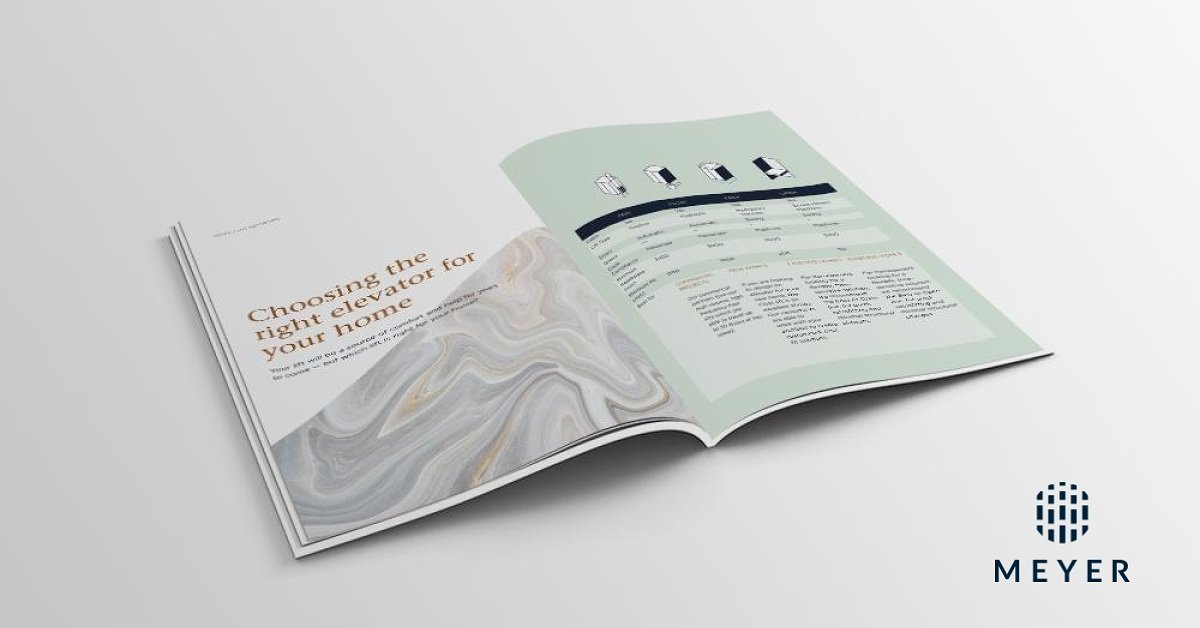Customer Journey Mapping: Pave Your Way to the Hearts of Your Customers
July, 2020
What are Customer Journeys?
Sometimes also termed as user journeys, a customer journey is the experience that customers go through when interacting with your brand. It’s the process through the eyes of a customer, and the steps they take as they engage with your business offering.
Customer journeys happen everyday, everywhere, and starts with a customer’s need. Reflect on when you last ordered a meal via a food delivery platform, did grocery shopping at the supermarket, got a haircut, or saw a doctor — everyday, we are engaged in multiple customer journeys with different brands.
Fundamentally, a customer journey can be broken down into moments, and each moment can be further broken down into touchpoints — digital, physical and human.
Each brand has a journey that is experienced on the frontend by customers, and on the backend by employees. Aligning both journeys together helps brands optimise their service delivery and service experience.
What are Customer Journeys for?
Understanding the process through the eyes of your customers
Personally engaging with your service or product offerings as a customer gives you the opportunity to stop looking solely through the lens of the sales or service process, but through the eyes of your customer.
Understanding what creates value, where, and how
Find the touchpoints that are most important and meaningful to your customers, and understand how you can enhance those moments in their experience. This enables you to differentiate your business, increase sales, build customer loyalty, and get more customers.
Why are Customer Journeys valuable?
Find quick wins
Find new or under-utilised touchpoints with great opportunity and value, differentiate your brand or influence decision making.
Focus and prioritisation
Understand how your customers behave and how you can effectively engage them in different channels, and allocate your investments accordingly.
Internal alignment
Optimise your productivity and find the gaps in your operations in relation to your customer journey.
Why is it important now?
The past months have been a major reboot for many industries. The pandemic has changed life drastically for many, and customer behaviours follow quickly alongside it. People are learning new habits and behaviours, breaking out of things that used to be familiar to them, and relearning new ways to do the same things.
Hence, now is an important time to revisit your customer journey. This exceptional time is also a great opportunity to build new relationships. Those who are active now, will be the ones who create the new future.
Customer journey is not a tool you use once, but it’s a tool that is alive. As the world changes, the journey should also change along the way.
How have Customer Journeys worked?
Case Study 1: Meyer
Background & Business Challenge
Meyer began as a lift sub-contractor in 2008, carrying out installations, repair work and testing.
As a new brand, Meyer struggled with convincing clients to choose them over more established brands, as well as providing a joyful, service experience that met the needs of customers.
Learning Points
Key customer needs are a source of value creation.
Knowing how your customer experience connects with your service delivery, helps you identify opportunities at specific customer touchpoints and gaps in operational processes.
Design a retail space centred around your customers and employees. When your space provides a great customer experience while enabling staff to serve customers better, it naturally builds stronger customer relationships, and improved sales facilitation.
Case Study 2: Scanteak
Background & Business Challenge
With over 40 years of rich history, Scanteak is an established, local brand specialising in quality teak furniture, with around 150 stores globally.
Rapidly changing customer behaviours and new platform retailers fighting for a slice of the furniture market prompted Scanteak to understand its current and potential customers better, and seek to create better engagement through the right channels.
Learning Points
User research helps you uncover potential customers and understand the ways to serve them better, in order to effectively engage them and expand your target audience.
Every stage of the customer journey presents multiple engagement opportunities.
Data about customer behaviour helps businesses to align internal decisions and allocate investments.




